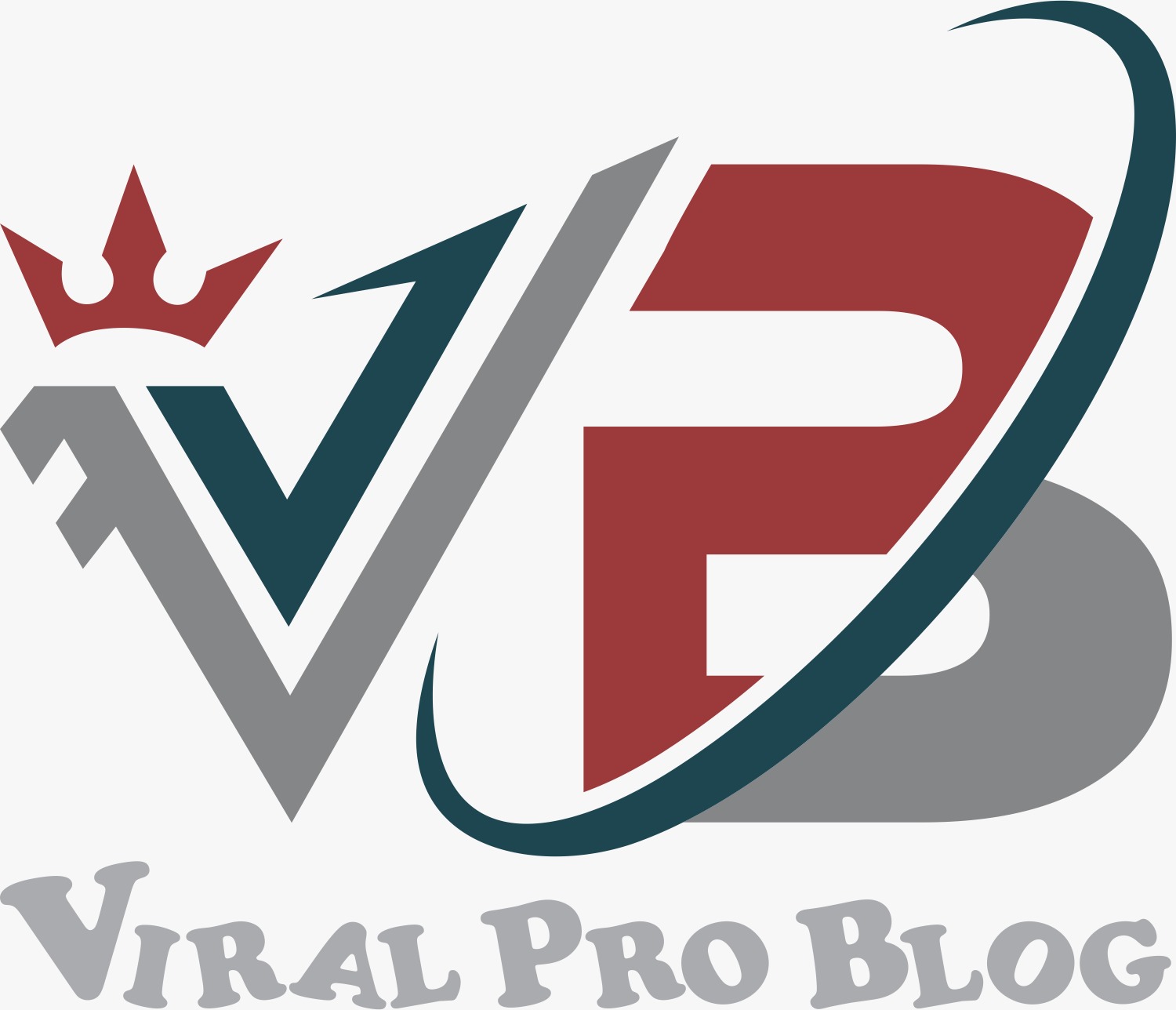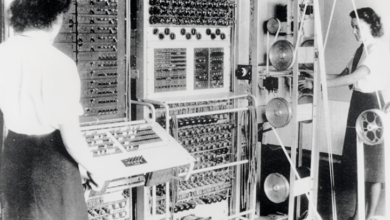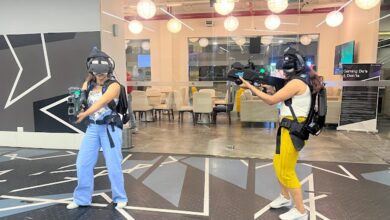How Are IoT Devices Controlled?

The Internet of Things (IoT) is revolutionizing the way we interact with the world. From smart homes to industrial automation, IoT devices are everywhere, making our lives more convenient and efficient. But how are IoT devices controlled? Understanding this is crucial for leveraging their full potential.
Understanding IoT Device Control
IoT devices are controlled through a combination of hardware, software, and communication protocols. These devices, embedded with sensors, software, and other technologies, can communicate with each other and with central systems. The control mechanisms involve data collection, processing, transmission, and execution of commands. Let’s delve into the specifics of how these processes work.
Hardware Components of IoT Devices
At the heart of every IoT device lies its hardware. Key components include:
- Microcontrollers and Microprocessors: These are the brains of IoT devices, responsible for executing instructions and managing operations.
- Sensors and Actuators: Sensors collect data from the environment, while actuators perform actions based on received commands.
- Communication Modules: These enable devices to connect to networks and other devices. Common modules include Wi-Fi, Bluetooth, Zigbee, and cellular modules.
Software and Firmware
The software layer is essential for controlling IoT devices. This includes:
- Firmware: Low-level software that directly controls the hardware. It ensures the device operates as intended.
- Operating Systems: Many IoT devices use lightweight operating systems like FreeRTOS or ContikiOS, designed for resource-constrained environments.
- Application Software: These are the programs that provide specific functionalities, like a smart thermostat’s temperature control.
Communication Protocols
Communication protocols are crucial for how IoT devices are controlled. These protocols define the rules and data formats for transmitting information. Common protocols include:
- MQTT (Message Queuing Telemetry Transport): Lightweight protocol often used for remote monitoring in IoT.
- HTTP/HTTPS: Standard web protocols used for many IoT applications.
- CoAP (Constrained Application Protocol): Designed for simple electronics that need to communicate over the internet.
- Zigbee and Z-Wave: Widely used in smart home devices for short-range communication.
Cloud and Edge Computing
Control mechanisms for IoT devices often involve cloud and edge computing:
- Cloud Computing: IoT devices can offload data processing to powerful cloud servers. This enables complex data analysis and long-term storage.
- Edge Computing: Processing data closer to where it is generated reduces latency and bandwidth usage. Edge devices can make real-time decisions without needing constant cloud connectivity.
Data Management and Analytics
Effective control of IoT devices requires robust data management and analytics. This involves:
- Data Collection: Sensors collect raw data from the environment.
- Data Processing: Data is processed to extract meaningful information. This can happen on the device, at the edge, or in the cloud.
- Data Storage: Processed data is stored for future analysis or immediate action.
- Data Analytics: Advanced analytics, often powered by machine learning, provide insights that guide decision-making.
Security and Privacy
Security is paramount in controlling IoT devices. Key aspects include:
- Authentication: Ensuring only authorized users and devices can access the system.
- Encryption: Protecting data in transit and at rest to prevent unauthorized access.
- Firmware Updates: Regular updates to fix vulnerabilities and improve functionality.
- Intrusion Detection Systems: Monitoring for unusual activity that may indicate a security breach.
User Interfaces and Experience
User interfaces (UIs) play a significant role in how IoT devices are controlled. These interfaces must be intuitive and user-friendly. Common types include:
- Mobile Apps: Many IoT devices are controlled via smartphone apps, offering convenience and accessibility.
- Web Dashboards: Web-based interfaces provide a centralized view of multiple devices, ideal for monitoring and control.
- Voice Assistants: Integration with voice assistants like Amazon Alexa or Google Assistant allows for hands-free control of IoT devices.
Integration and Interoperability
For IoT devices to function seamlessly, they must integrate with other systems and devices. This involves:
- APIs (Application Programming Interfaces): APIs allow different software systems to communicate and share data.
- Middleware: Software that bridges different systems, ensuring smooth data flow and command execution.
- Standardization: Adhering to industry standards ensures devices from different manufacturers can work together.
Scalability and Reliability
As IoT deployments grow, scalability and reliability become critical. Solutions include:
- Load Balancing: Distributing workload across multiple servers to ensure no single point of failure.
- Redundancy: Having backup systems in place to maintain operations during failures.
- Monitoring and Maintenance: Continuous monitoring and regular maintenance to ensure devices operate optimally.
Case Studies: Real-World Applications
Smart Homes
Smart homes are a prime example of how IoT devices are controlled. Devices like thermostats, lights, and security systems can be managed via a central hub or smartphone app. Communication protocols like Zigbee and Z-Wave ensure seamless integration.
Industrial Automation
In industrial settings, IoT devices monitor machinery, optimize processes, and enhance safety. Real-time data from sensors is processed at the edge to enable quick responses, while cloud computing handles extensive data analytics for long-term insights.
Healthcare
IoT devices in healthcare, such as wearable fitness trackers and remote monitoring systems, provide real-time health data to both users and healthcare providers. This improves patient care and operational efficiency.
Agriculture
Smart agriculture uses IoT devices to monitor soil conditions, weather, and crop health. Farmers can make data-driven decisions to enhance yield and reduce waste, using sensors and automated systems controlled via mobile apps or web interfaces.
Future Trends in IoT Control
The future of IoT control looks promising with advancements in:
- AI and Machine Learning: Enhanced data analytics for predictive maintenance and smarter decision-making.
- 5G Technology: Faster, more reliable connectivity to support a growing number of devices.
- Blockchain: Increased security and transparency in IoT ecosystems.
Understanding how IoT devices are controlled is essential for harnessing their capabilities. As technology evolves, so too will the methods of control, making IoT an ever-more integral part of our lives.





